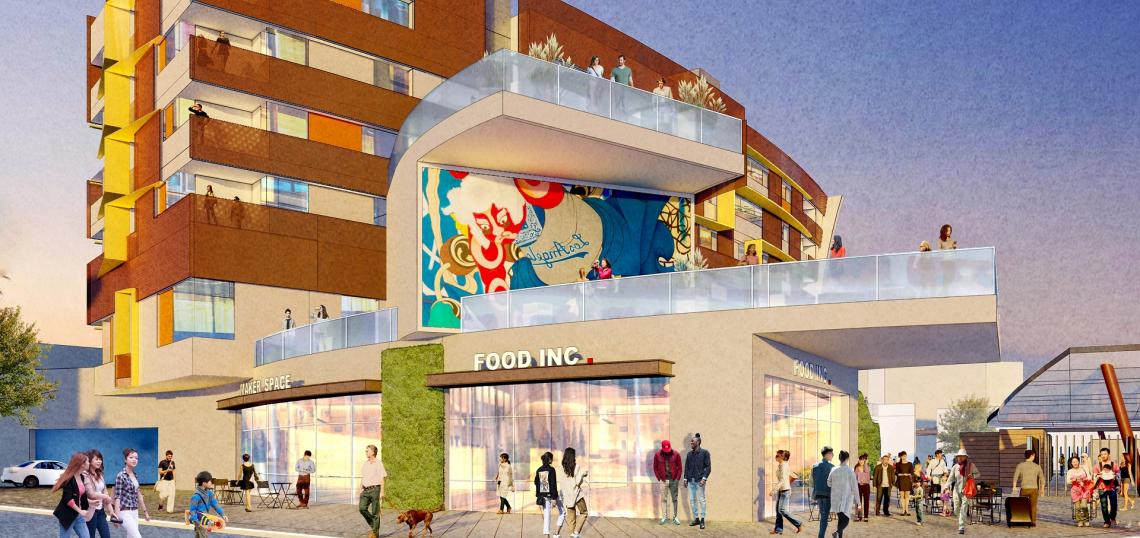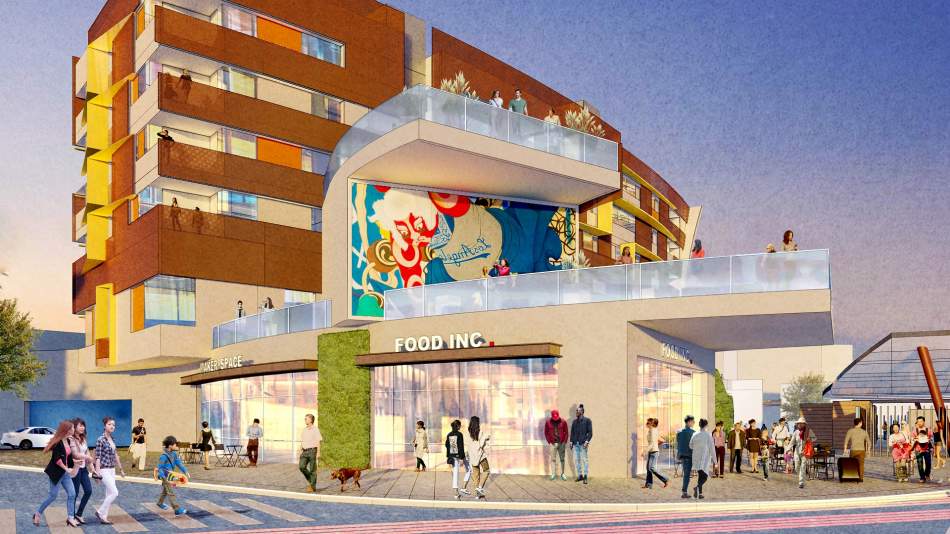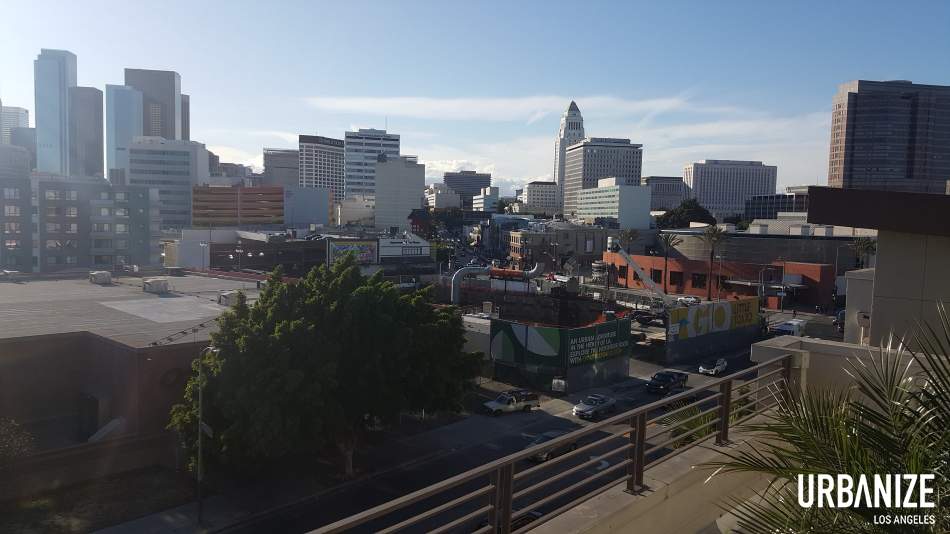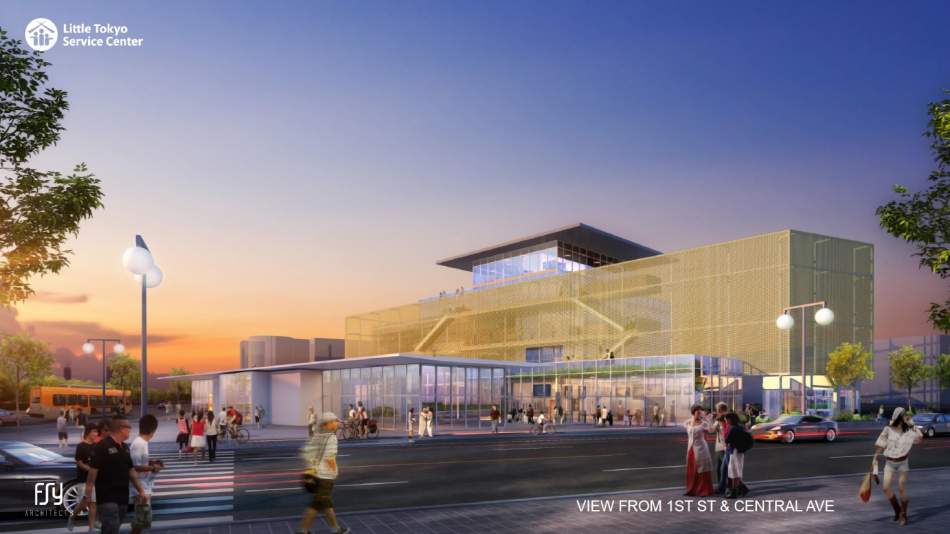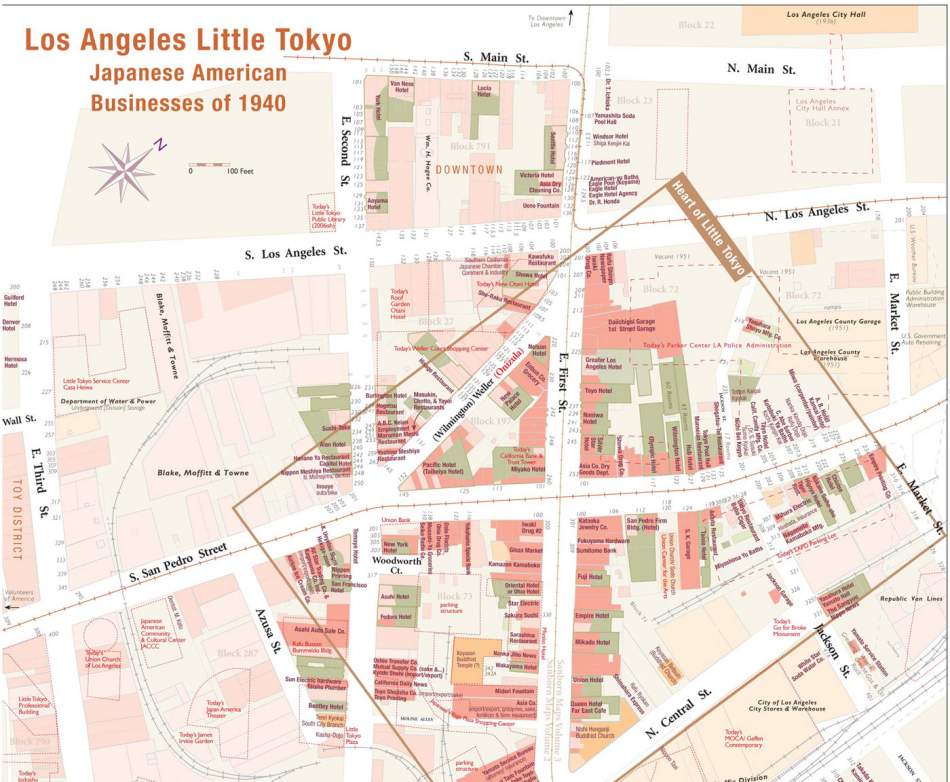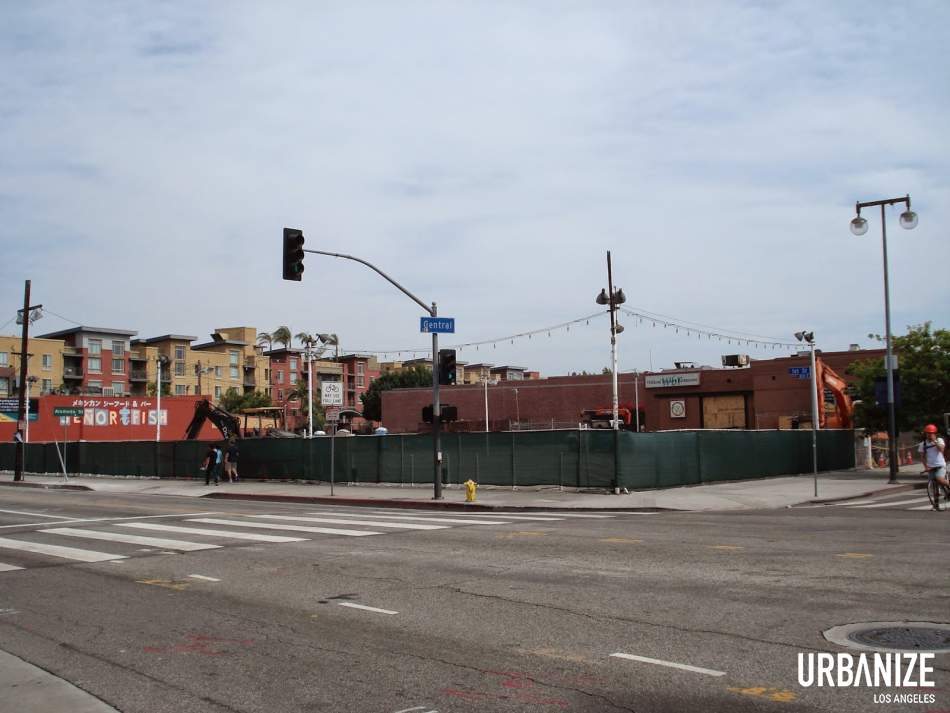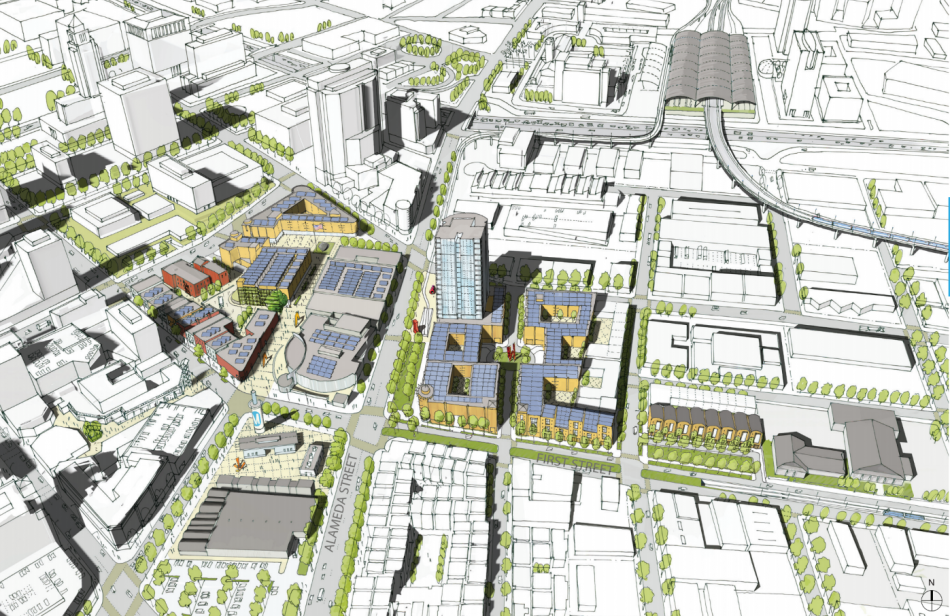Earlier this month, Metro moved to restart the search process for a development at the under-construction 1st/Central subway station, setting aside a staff recommendation to partner with Santa Ana-based Innovative Housing Group (IHO).
The unexpected move, which was discussed at the Metro Board’s Planning and Programming Committee on November 18, came in the wake of staunch opposition to the selection of IHO by Little Tokyo community leaders.
Initial reactions to this setback, after it was revealed on Twitter in the week prior to the Planning Committee meeting, lamented Metro's willingness to scuttle the project and start fresh after a more than two-year process. Critics focused on two of the Little Tokyo community's stated objections to IHO’s project: complaints about building scale and a perceived lack of parking. These opinions were later echoed in our comment section when we covered the news on November 19.
To be clear, it would be the wrong move to reject a proposed development in an dense, urbanized setting simply because neighbors felt that the building was too tall or that it lacked sufficient parking. But reality is more complicated than that.
The stubborn focus on complaints about parking and design – which are easy to understand and simple to refute – ignores more nuanced considerations that cannot simply be dismissed as boilerplate NIMBY obstructionism. Moreover, it betrays a lack of understanding of the historic context of redevelopment in Little Tokyo.
Crux to the discussion are these points point, pulled verbatim from the Metro staff report:
- "Some community members asserted that Metro discouraged potential proposers from submitting affordable housing concepts and/or that affordable housing was not the preferred use for the Site. In public meetings held in 2018-2019 Metro staff stated that there are physical constraints that may limit what can be developed on the Site. When a question regarding the viability of housing was asked at the September 26, 2018 pre-proposal conference, Metro staff stated that they did not specifically test the viability of any particular use on the Site. Of the four shortlisted firms, IHO was the only proposer to include affordable housing in their submittal."
- Community leaders expressed concerns that the recommended developer is not based in Little Tokyo nor have they completed similar projects in the immediate area. As part of its evaluation process, the [Proposal Evaluation Team] noted that IHO and their team members have limited experience working with Little Tokyo and Arts District stakeholders, and as such, staff proposed an [exclusive negotiating agreement] requirement that IHO add a community-based organization (CBO) to the project team. Many of the meetings over the last several months attempted to define exactly what the role of the CBO would be, and which local entity would be interested in joining the development team. Despite these extensive conversations and multiple efforts by IHO to incorporate a local organization to their team, there was no resolution on this issue.
While I was not privy to the 2018 pre-proposal conference, I was in the audience for one of those public meetings held in the year that followed. The impression that I left that presentation with was that Metro’s expectations for the property were a lower-scale building consisting of shops and restaurants - not unlike the Japanese Village Plaza across the street. Due to the shallow, diagonal footprint of the underground rail station, all but approximately 14,500 square feet of the property would be unable to support above-grade construction, according to outreach materials, posing an challenge to prospective developers.
With that context, it was surprising to see that the short list of finalists released in August 2019 included proposals not just for IHO's six-story apartment complex, but for a 17-story hotel tower. But given Metro’s stated objective of ensuring that 35 percent of all housing on its properties is affordable, it was unsurprising to learn that staff had recommended IHO’s selection in March 2020.
IHO’s project may have been the best out of the four finalists – both based on Metro’s criteria for its joint developments and the basic societal need for affordable places to live near transit and amenities. But it is also telling that IHO was the only short listed firm to submit a project which included housing, despite other finalists clearly having the capacity to do so.
Little Tokyo Service Center - the homegrown candidate - currently has two affordable housing projects in the planning stages in Downtown, and is even working with Metro on a different joint development at Vermont/Santa Monica Station.
Another spurned suitor, Centre Urban Real Estate Partners, also has a portfolio which includes multifamily housing developments.
Canceling the project and starting from scratch is a far from ideal solution – and IHO and Metro, to their credit, did attempt to bring a community-based organization into the fold. However, Little Tokyo’s reluctance to compromise on the 1st/Central project, as well as its desire for a development team that fully appreciates the community's history, is understandable given the ways in which local government institutions have ravaged the neighborhood since the 1950s.
The Little Tokyo of today, while arguably busier than it has been in years (coronavirus-era conditions notwithstanding), is a shell of its former self. That’s because historically, when local government has needed to expand the Civic Center, the go-to move has been to condemn more of Little Tokyo. The former LAPD headquarters Parker Center is the most famous case, but it is not the only example of this destructive habit. Maps of the pre-World War II neighborhood show that Japanese-American businesses once extended as far west as the modern-day sites of City Hall South and the Caltrans District 7 headquarters.
Even the under-construction subway station has come at the expense of a piece of community history. A single-story brick structure at 1st and Alameda Streets Рformerly home to the iconic Atomic Caf̩ - was demolished to make way for 1st/Central Station in 2014.
There is no way to reclaim what has been lost over the past 70 years. Indeed, after decades of cultural shifts and the growth of other enclaves in the Westside and in the South Bay, Little Tokyo is no longer the unquestioned center of Japanese-American culture in Southern California. But that doesn’t mean that the neighborhood cannot try to protect what’s left.
The community's desire for self-determination has crystallized into Sustainable Little Tokyo, a broad-ranging plan which seeks to guide the neighborhood's future development. It notably includes potential scenarios for the First Street North and Mangrove properties – the neighborhood’s last remaining parcels of publicly-owned land. In this vision, the two properties would be developed with new housing, commercial uses, and community amenities – but not government offices.
Little Tokyo, like other communities which have been bisected and diminished out of political convenience, cannot erase its scars. But it is able to learn from the experiences which led to them. And the lesson from a half-century of Civic Center expansion is that when there is a public project in your neighborhood, you better make sure you have a seat at the table.
- 1st/Central Station (Urbanize LA)





